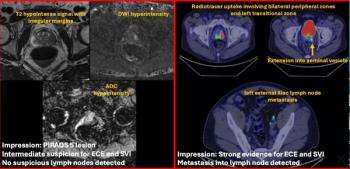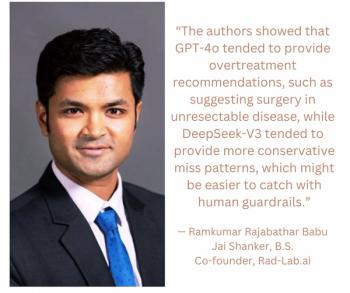
New Analysis Forecasts Substantial Cost Savings with the Use of Photon Counting CT for CCTA
The use of ultra-high-resolution photon-counting CT in the evaluation of stable chest pain may significantly reduce follow-up tests and invasive coronary angiography (ICA) procedures, possibly resulting in millions in health-care cost savings, according to a cost-effectiveness analysis presented recently at the European Congress of Radiology.
By facilitating significant reductions in follow-up tests and invasive coronary angiography (ICA) procedures, the use of ultra-high resolution photon-counting detector (UHR PCD) CT for patients undergoing coronary CT angiography (CCTA) could facilitate millions in health-care cost savings.
In a cost-effectiveness analysis presented recently at the European Congress of Radiology (ECR), researchers employed Monte Carlo simulations to estimate projected costs for UHR PCD-CT and energy-integrating detector (EID)-CT for CCTA. The decision and simulation model incorporated aggregate health-care expenditures from a hospital billing system and accuracy statistics for the use of UHR PCD-CT and EID-CT in assessing 55 coronary lesions in patients who had CCTA and subsequent ICA procedures, according to the study authors.
Projecting costs for 15,000 patients with stable chest pain, the researchers estimated that UHR PCD-CT in contrast to EID-CT could reduce functional follow-up tests by 18.9 percent (5,135.7 vs. 6,330.3) and ICA procedures by 6 percent (1,360.2 vs. 1,447.7). The study authors also forecasted a 9.4 percent reduction in complications related to major procedures with the use of UHR PCD-CT.
“Over a 10-year expected life expectancy, PCD-CT led to an average cost saving of $794.50 ± 18.50 per patient and an overall cost difference of $11,917,500 ± 4,350,169,” posited lead study author Milan Vecsey-Nagy, M.D., who is affiliated with the Department of Radiology and Radiological Science at the Medical University of South Carolina in Charleston, S.C., and colleagues.
While acknowledging the limited number of coronary lesions in the development of the decision and simulation model, the study authors maintained that PCD-CT can have a significant impact in the evaluation of stable chest pain.
“PCD-CT has the potential to reduce the financial burden on healthcare systems and procedure-related complications for stable chest pain patients with coronary calcification when compared to EID-CT,” maintained Vecsey-Nagy and colleagues.
(Editor’s note: For related content, see “
Reference
1. Vecsey-Nagy M, Emrich TS, Tremamunno G, et al. Cost-effectiveness of ultrahigh-resolution photon-counting detector coronary CT angiography for the evaluation of stable chest pain. Presented at the European Congress of Radiology (ECR), February 26-March 2, 2025, Vienna, Austria. Available at
Newsletter
Stay at the forefront of radiology with the Diagnostic Imaging newsletter, delivering the latest news, clinical insights, and imaging advancements for today’s radiologists.




























